Joint Venture Counterattacks in New Energy: Dongfeng Nissan Unveils Major Initiative
![]() 03/07 2025
03/07 2025
![]() 555
555
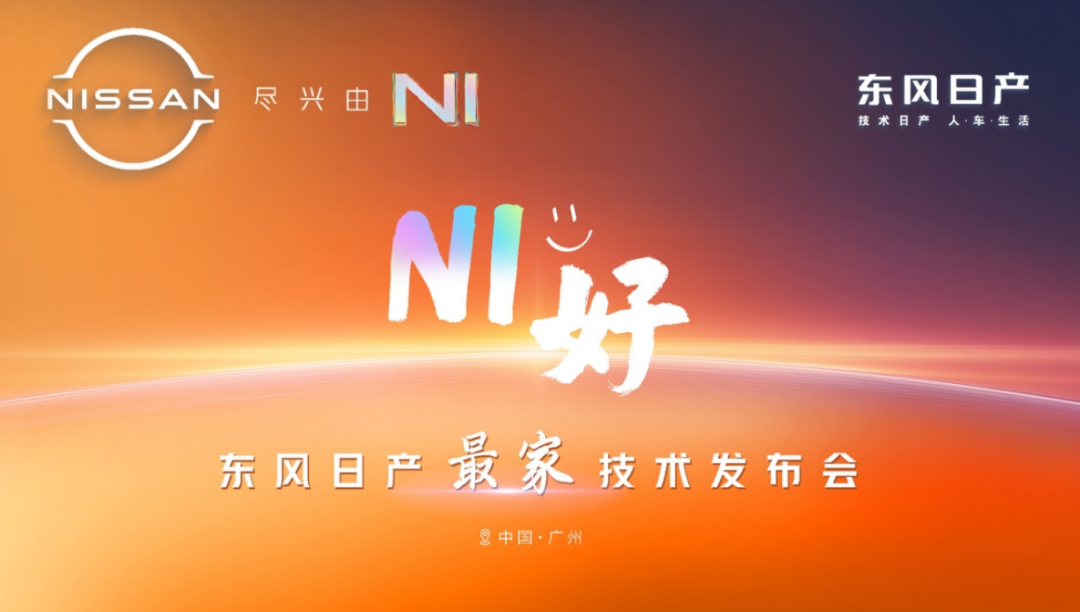
Revolutionizing technology, products, and markets.
Author | Dongguan Dasheng | Produced by | Electric Union
Joint venture brands have finally embarked on a counterattack in the new energy sector!
On March 1, Dongfeng Nissan held its "NI Hao - Best Home Technology Conference" in Guangzhou. As Dongfeng Nissan's debut in new energy technology, the event centered on the "home" concept and systematically unveiled technological achievements of its new energy transformation, including the self-developed Tianyan architecture, 14-in-1 intelligent electric drive, AI Zero-Pressure Cloud Blanket Seats, end-to-end large model full-scene high-level intelligent driving, full-domain intelligent anti-motion sickness technology, and the first mass-produced model N7, marking its comprehensive entry into the first tier of new energy.
This conference is not only a resounding answer to the question of "can joint ventures produce quality new energy vehicles" but also showcases the ambition of joint venture brands to undergo a robust transformation amidst the wave of intelligence and electrification.
01 Tianyan Architecture and the Rebuilding of Joint Venture Genes
Safety, compatibility, and comfort form the "technical foundation" of the Tianyan architecture.
As Dongfeng Nissan's fully self-developed new energy technology architecture, Tianyan architecture boasts "ultra-high safety efficiency, super strong compatibility and scalability, and superior intelligent comfort" as its core advantages, directly addressing the core pain points of users for new energy vehicles.
Through the 3S platform (ultra-high rigidity, ultra-lightweight, ultra-high safety), it achieves a body torsional stiffness of over 50,000 Nm/deg, with a battery pack that has passed the industry's first four-needle multi-cell no-thermal spread test and supports 800V ultra-fast charging (400 km in 7 minutes), constructing a "vehicle-battery integrated safety" system.

This architecture spans B to D-segment models, compatible with various power forms such as pure electric, plug-in hybrid, and extended range, with a wheelbase range of 2700-3150 mm, paving the way for future product matrices. Meanwhile, it adopts a central supercomputing SOA electro-electronic architecture to provide computing power support for high-level intelligent driving and intelligent cockpits.
At the conference, Dongfeng Nissan unveiled its major initiative, showcasing four significant technological highlights.
The world's first 14-in-1 intelligent electric drive: It integrates multi-core chips with a response speed of 1/10,000 seconds, is 20% smaller in volume than Tesla's rear-wheel-drive electric drive, and boasts a motor speed of up to 25,100 rpm, balancing performance and space efficiency.
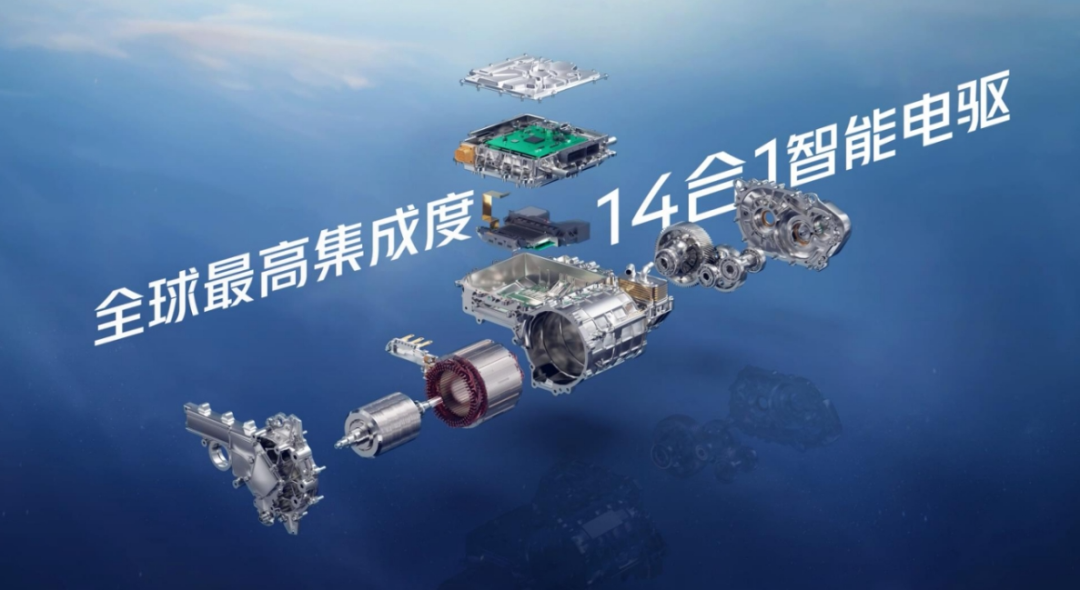
AI Zero-Pressure Cloud Blanket Seats: Equipped with 49 sensors and an adaptive posture algorithm, it redefines the intelligence level of the "mobile sofa" through 19 intelligent airbags, 60mm pneumatic cushion extension, and 60N massage intensity.
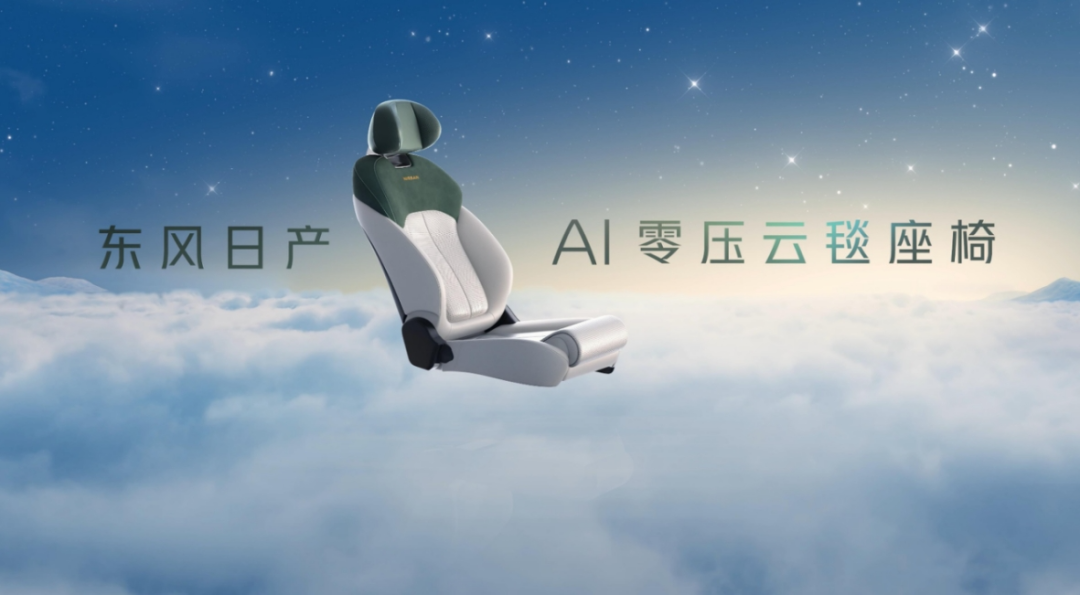
Full-domain intelligent anti-motion sickness technology: Covering 6 major motion sickness-prone scenarios, it integrates electric drive vibration suppression, chassis tuning (with participation from the GT-R team), and cabin environment adjustment, achieving "non-sensation travel" with 17 countermeasures.
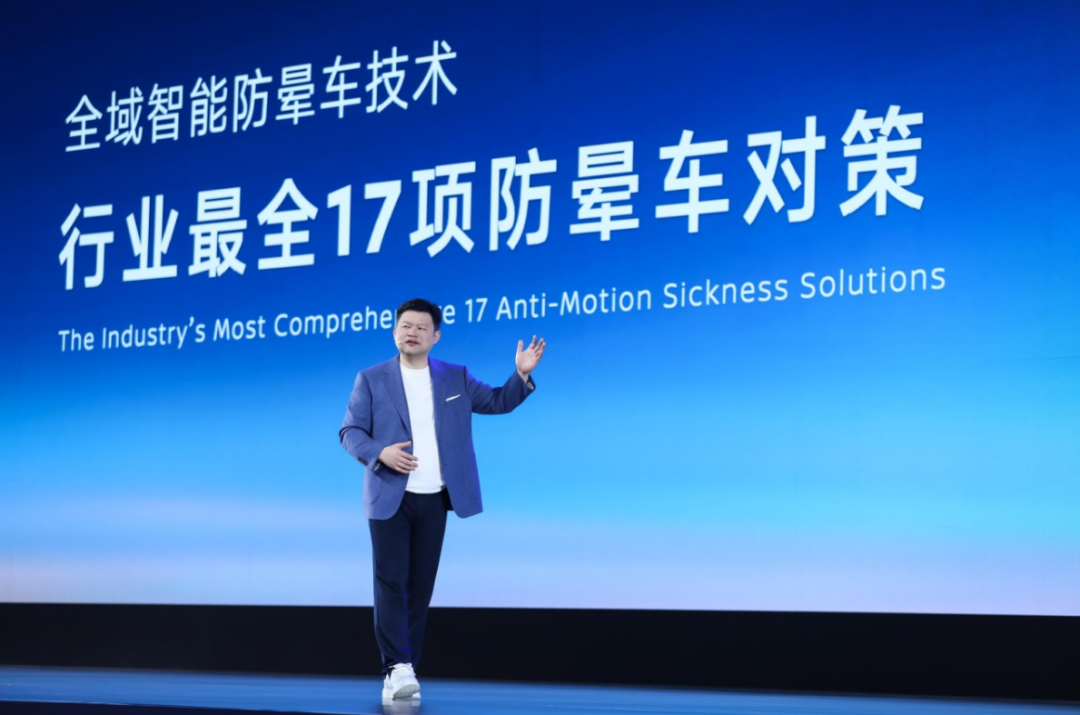
End-to-end intelligent driving system: Developed in collaboration with Momenta, it supports high-speed NOA (stable stopping at 130 km/h), urban NOA (unprotected turn negotiation), and full-scene parking, ranking among the first tier in terms of intelligence.
Dongfeng Nissan has leapfrogged from a "sofa factory" to a leader in new energy technology.
02 The Epitome of New Technology: How Powerful is N7?
Only by mastering technological dominance can one have a say in the new energy market. Supported by three major capabilities, Dongfeng Nissan has built a new new energy technology system based on the Tianyan architecture.
As the first model integrating new technologies, N7 is positioned as a mid-to-high-end pure electric sedan, with the "home" as the design origin, making innovative breakthroughs in multiple dimensions.
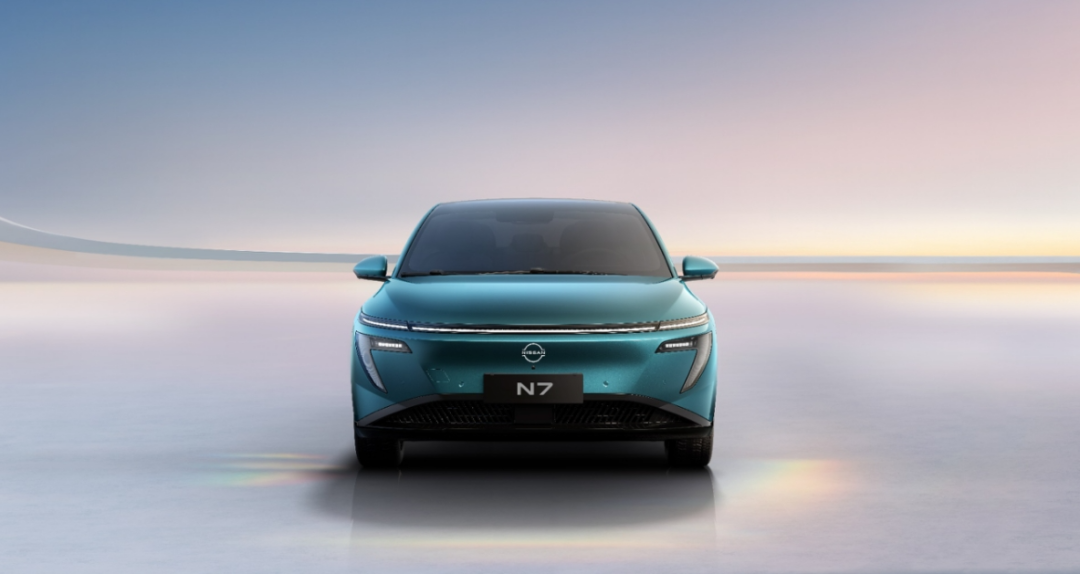
Firstly, in terms of exterior design, it features a 0.618 golden ratio body, a 0.208 ultra-low drag coefficient, frameless doors, and customizable light language interaction, balancing aesthetics and functionality.
Secondly, the intelligent cockpit is equipped with a Qualcomm 8295P chip and DeepSeek large model access, supporting a 3D HMI interface, face recognition, and scene customization, with interaction smoothness comparable to new forces.
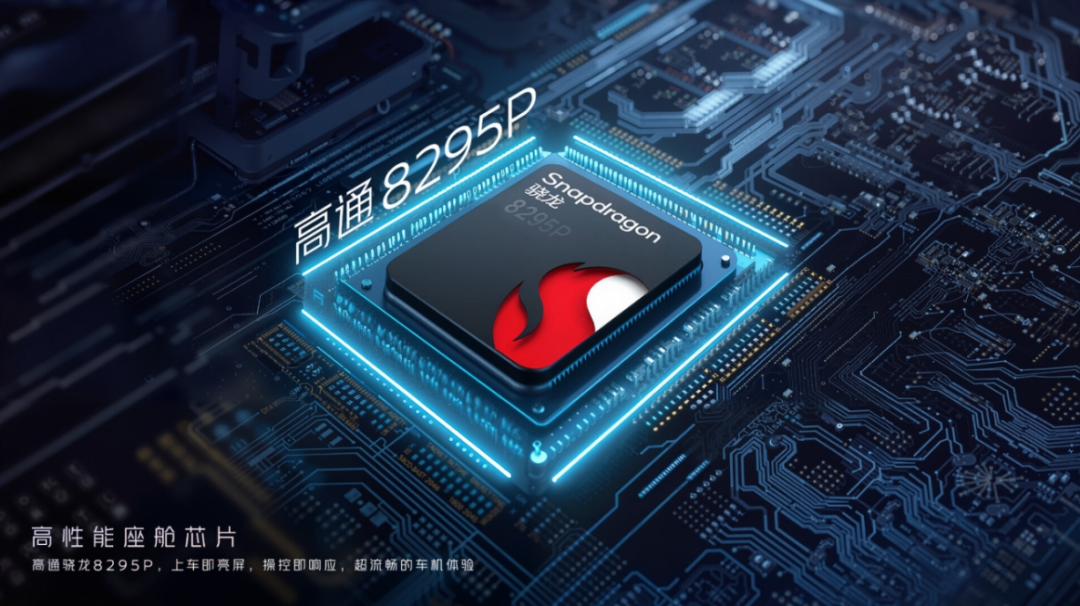
Performance and endurance also rank among the top in the industry, with an 800V platform + 6C ultra-fast charging and a predicted CLTC range of over 700 km, addressing range anxiety.
Judging from the above configurations alone, Dongfeng Nissan has adhered to its philosophy of "sticking to technology, people, cars, and life" and has always targeted the value needs of family users. Zhou Feng, Vice President of Dongfeng Motor Co., Ltd., and Deputy General Manager of Dongfeng Nissan Passenger Vehicle Company, said, "Home is the origin of our technological innovation and the original intention of our carmaking."

Considering the current hot-selling models in the market, N7's core competitors include BYD Han EV, Xpeng P7, and Tesla Model 3. Its differentiating advantage lies in N7's joint venture quality endorsement, relying on Nissan's global manufacturing standards and an 83% high-strength steel body, making it easier to gain the trust of family users in terms of safety.
Comfort is also well taken care of, with AI seats and anti-motion sickness technology directly addressing the pain points of family users, distinguishing itself from the "parameter priority" strategy of new forces. Additionally, the localization of intelligent driving has become an effective solution for joint venture brands to adapt to the domestic environment. The Momenta solution is optimized for Chinese road conditions, and the urban NOA implementation speed may be faster than some joint venture competitors.
However, brand premium capacity, refueling network construction, and pricing strategy (expected to be in the range of 250,000-300,000 yuan) are still key variables for its market volume.
03 Joint Venture Counterattacks May Reshape the Market Landscape
The paradigm of joint venture transformation has always been from "following" to "leading", and Dongfeng Nissan is no exception.
Dongfeng Nissan broke the shackles of "oil-to-electricity" for joint venture brands with the Tianyan architecture. Its technological path presents two major characteristics:
One is deep localization, collaborating with Huawei, Momenta, and DeepSeek to integrate China's supply chain and algorithm capabilities, realizing the implementation of the "GLOCAL model".
The second is heavy investment in research and development. Dongfeng Nissan plans to invest 10 billion yuan by 2026 and expand its R&D team to 4,000 people, focusing on the three electrics and intelligence, reshaping technological dominance.
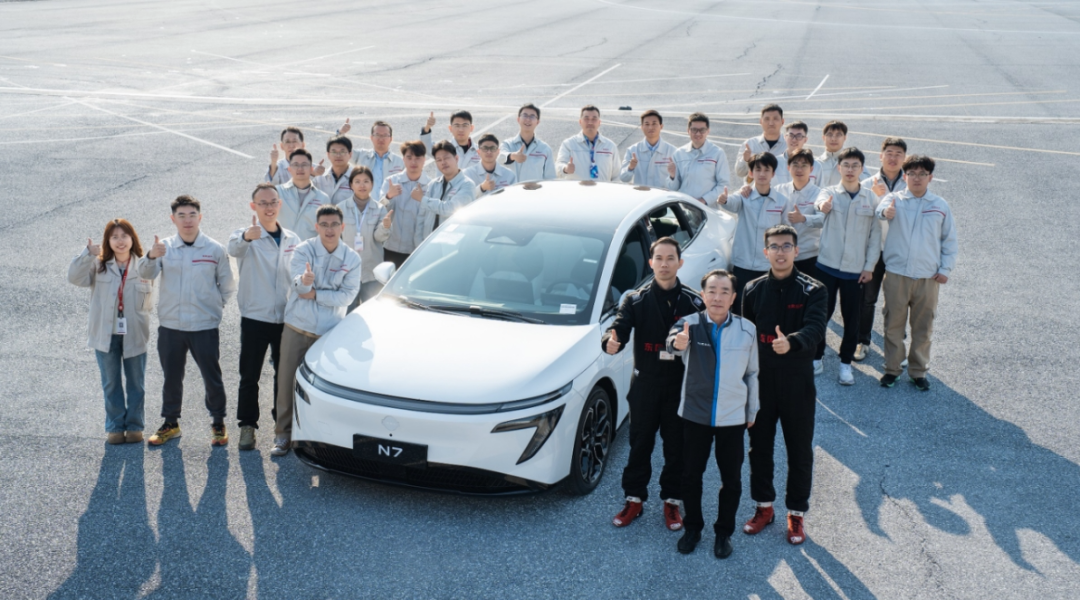
So, how much impact will the counterattack of joint venture brands led by Dongfeng Nissan on new energy have on independent brands and the market?
We believe that there are both pressures and opportunities for independent brands. With their manufacturing systems, cost control, and global experience, joint venture automakers may squeeze NIO, ZEEKR, and others in the mid-to-high-end market, but they will also push independent brands to accelerate technological iteration.
Furthermore, the dimension of intelligent competition has been upgraded. The combination of Momenta and Qualcomm 8295P signifies that joint venture brands now have the ability to "go head-to-head" with new forces in the fields of intelligent driving and cockpits, with industry competition shifting from "electrification" to the "deep waters of intelligence".
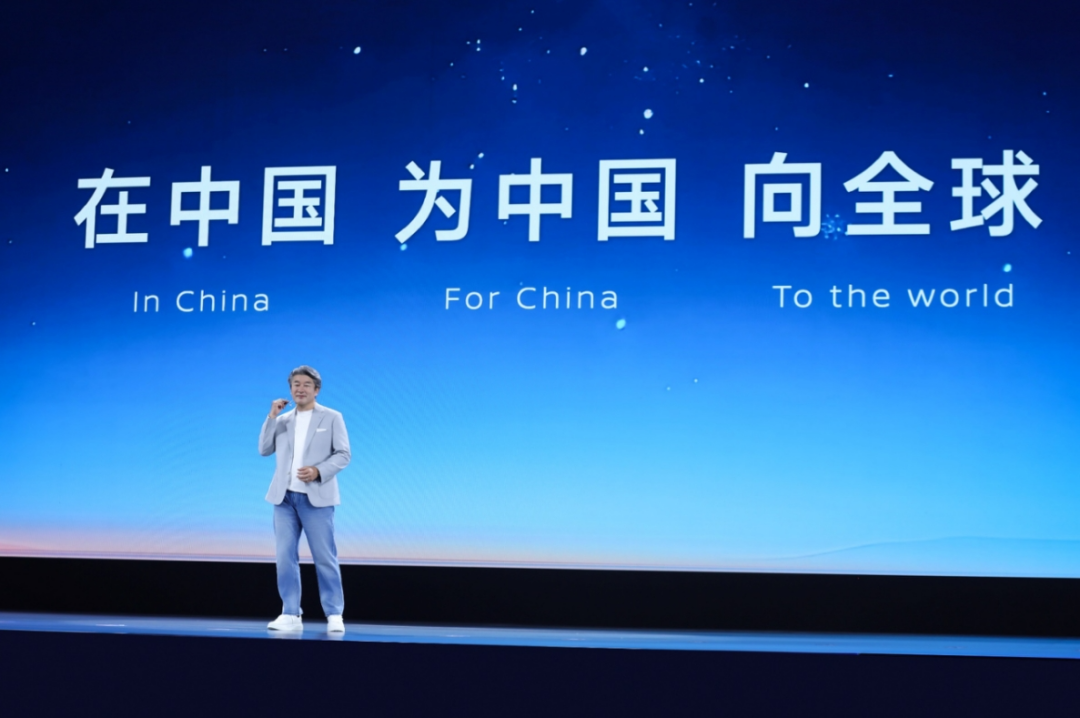
Dongfeng Nissan's transformation proves that joint venture brands are not "laggards" in the era of intelligence. Their core advantage lies in their strong systematic capabilities. From the current stage, the moat of joint venture brands in terms of brand recognition, supply chain, and large-scale production is still difficult to overturn.
Dongfeng Nissan has sounded the clarion call for joint venture counterattacks with the Tianyan architecture and N7. If it can continue the sharpness shown at the technology conference and make up for shortcomings in channel transformation, user operations, and ecosystem construction, N7 is expected to become a benchmark product for joint venture new energy vehicles.
The deeper significance of this transformation lies in its indication of a new era of head-on confrontation between old and new forces. Whether independent brands or joint venture automakers, only by using technology as a spear and users as a shield can they remain invincible in the red ocean of intelligent electrification.
Perhaps, this is another "Normandy Landing" for joint venture brands.







